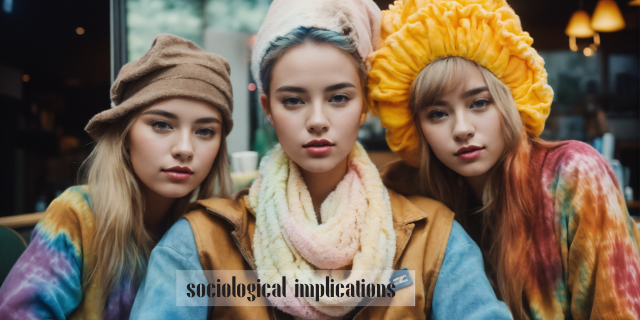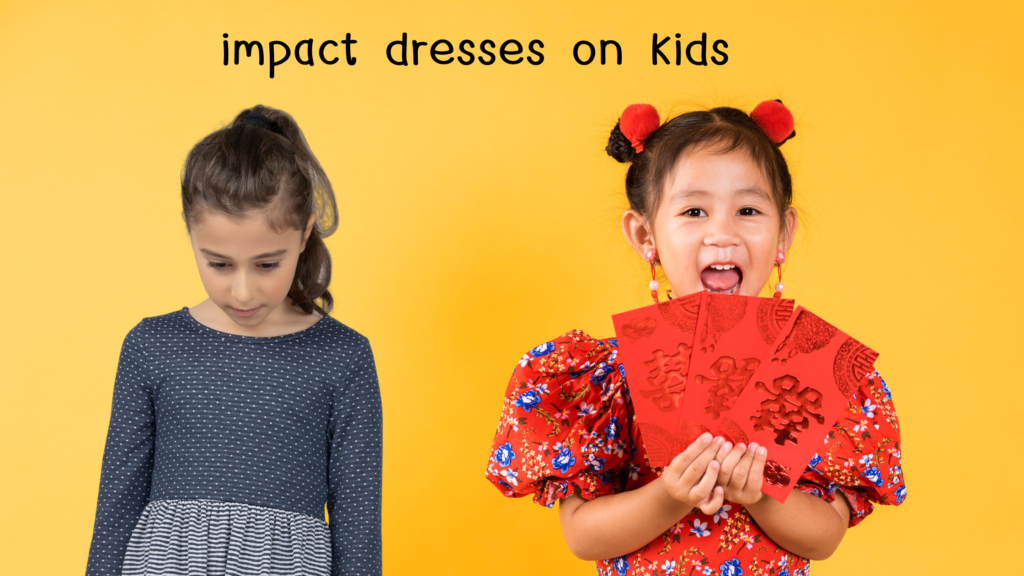Significance of dressing effects
The custom of well-groomed dressing effects has deep historical roots and transcends simple style. This blog delves into the cultural, psychological, and sociological implications of clothing properly, examining the many facets of this phenomenon. Both the participants and the spectators are left with enduring memories from the practice of well dressed, which influences individual well-being and strengthens communal ties.

Cultural Significance of dressing effects
Appropriate attire is closely linked to customs and culture, frequently acting as a marker of a community’s identity. The elaborate themes and decorations on wells are a reflection of the history, customs, and folklore of the area. Communities maintain and transmit their cultural legacy by participation in this artistic endeavor, establishing a concrete connection between generations.In addition, well-dressed festivals provide a venue for neighborhood get-togethers to celebrate their common heritage and ideals. This strengthens the community’s sense of pride and belonging and preserves its cultural fabric.
Psychological Benefits of dressing effects
Creating good dressing effects requires a combination of imagination, focus and collaboration. People benefit psychologically from participating in such a collaborative artistic process. Contributing to a broader cultural expression provides a sense of accomplishment that boosts self-esteem and fosters a strong sense of community.
Positive feelings can also be created by good dressed’ visual impression. A visually engaging experience is created by the rich colors, elaborate patterns, and love of nature. Psychologically, being in visually beautiful surroundings has been associated with happier moods and lower stress levels, which improves people’s general well-being in the society.
Community Building
Clothing nicely is a group endeavor that unites individuals. The exhibits’ collaborative design and creation process promotes harmony and teamwork. People of all ages participate, fostering a feeling of shared responsibility for the community’s well-being and fostering stronger ties between generations.
The collaborative element goes beyond the act of creating. Festivals with well-dressed attendees have more opportunity to mingle, which lowers social barriers and fosters diversity. Neighbors mingle and make new acquaintances while taking in the completed decorations, strengthening the feeling of community.
Economic Impact
Tourists and visitors keen to take in the distinctive cultural expression are frequently drawn to well-dressed events. The surge in tourists may boost the local economy and help establishments like eateries, retail stores, and lodging facilities. Even if it is only transitory, this economic influence can boost the community’s general prosperity.

Environmental Connection
Nature serves as a major source of inspiration for many well-dressing themes, which highlight the relationship between the local community and its surroundings. Using organic materials like clay, flowers, and leaves promotes sustainable practices and raises environmental awareness. Therefore, wearing well acts as a subtly reminder of how important it is to preserve and value the natural environment.
Undoubtedly, there is scientific evidence in psychology supporting the well-established phenomena that dressing effects one’s mood or behavior. This link is often known as “enclothed cognition,” which is the theory that our behavior and psychological processes are influenced by the garments we wear.
Comfort and Confidence: Clothing that suit our individual styles and feel comfortable may make us feel happier and more confident. We might feel more at ease and prepared for the day when we are dressing that fits well and is comfortable.
Identity Expression: We may express ourselves via our dressing, and wearing things that make us feel good about ourselves can help us feel good about ourselves.

Dressing effects on behavior.
Professional Dressing: Clothing formally or professionally can influence behavior by promoting attention and a sense of accountability. This is often seen in workplaces where employees are expected to wear a certain dress code.
Athletic Wear: Wearing sports or fitness clothing may improve one’s physical performance as well as inspire an activity-, motivation-, and exercise-related attitude.
Position-unique Clothes: Dress that are unique to a position or activity can sometimes have an impact on behavior. For instance, wearing a uniform might make people feel more responsible for their work.
Effects on the mind: Dressing effects have the potential for symbolic significance. For example, dressing formally can represent professionalism, while dressing casually can suggest a more casual attitude.
The concept of “enclothed cognition” posits that the symbolic significance of clothes might impact cognitive functions. Wearing attire linked with intelligence has been found in studies to improve cognitive function.
Social Viewpoint: First impressions: What we wear may affect how other people see us, and how we behave can be influenced by these social judgements. A happier mood might be influenced by feeling good about yourself in the eyes of other people.
Conclusion
Although it is acknowledged that dressing effects behavior and mood, individual differences and cultural variances also play a part. What boosts confidence and feels comfortable for one individual may not do the same for another. Still, there’s a lot to learn about the psychological relationship between our clothing choices and our emotions and actions.
What effect does dressing have on kids?
Children’s dressing may have a big influence on their social development, mental health, and physical comfort, among other things.
The following are some effects that children’s clothes may have:

Physical Comfort: Children’s physical health is greatly impacted by how comfortable their clothes are. dressing that is too small or too tight can irritate the body, limit mobility, and be uncomfortable. In general, soft, breathable materials are favored, particularly for young children with delicate skin.
Independence and Self-Help Skills: As previously indicated, a child’s capacity to handle their clothes on their own may be impacted by the way it is designed. Easy-to-manage fasteners, elastic waistbands, and straightforward closures are examples of dressing elements that might encourage self-help abilities. Their growth depends on this independence since it gives them a sense of accomplishment and autonomy.
Body Image and Self-Esteem: What kids wear may have an impact on how they feel about their bodies and how they view themselves. Self-esteem may be favorably impacted by wearing clothes that make someone feel good about themselves, while uncomfortable or ugly attire may have the opposite effect.
Social Interaction: A child’s attire can influence how their classmates view them and play a part in social interactions. Regarding clothing choices, kids might be impacted by peer pressure, trends, and preferences. While dressing differently from their classmates might result in exclusion or bullying, dressing similarly to them can help them feel like they belong.
Cultural and own Identity: Children can convey their own preferences or cultural heritage through their clothing. Building a feeling of identity and belonging within a broader cultural or social context might be facilitated by it.
Weather Adaptation: It’s critical to dress appropriately in order to adjust to varying weather conditions. Children may be comfortable and healthy by dressing appropriately for the weather, which helps avoid problems like overheating or exposure to the cold.
Safety: For reasons of safety, particular clothing styles may be necessary for certain activities or places. For example, suitable footwear for strenuous activity, helmets for bicycles, or luminous clothes for visibility during low-light settings.
Psychological Impact: Children may experience psychological effects from the colors, patterns, and designs of clothes. While more subdued or dark colors could suggest a distinct emotional tone, bright colors and playful patterns might help to create a happy atmosphere.
In conclusion, children’s attire affects many aspects of their lives, including their physical comfort, sense of independence, social relationships, self-worth, and sense of cultural identity. Choosing clothes that is appropriate and encouraging for a child’s growth and general well-being is a responsibility of parents and other careers.
